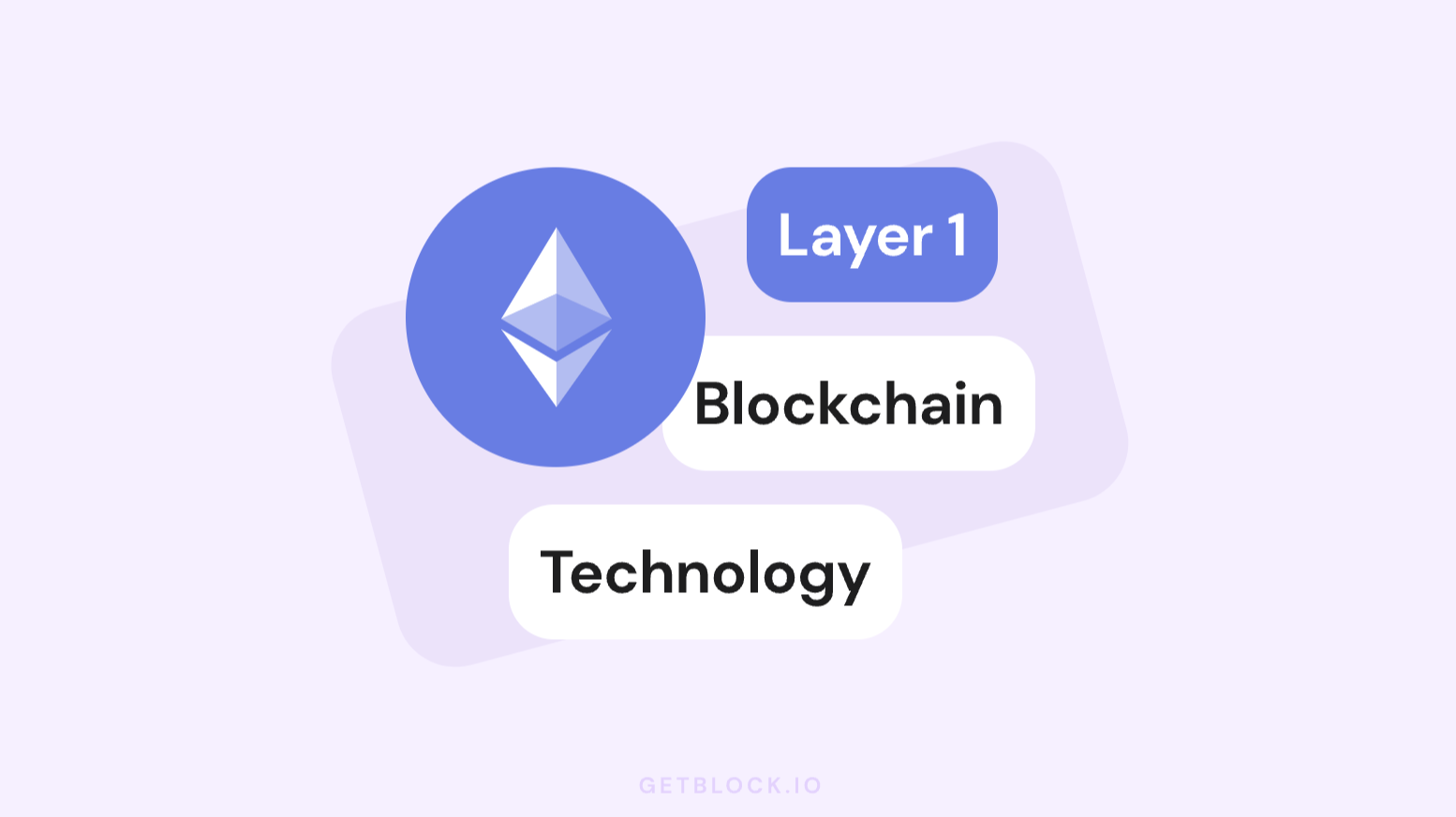Welcome to the latest installment in our ongoing series on blockchain fundamentals. After delving into the basics of blockchain technology, we are now poised to explore its structure, beginning with Layer 1. This guide aims to illuminate the defining characteristics, notable examples, and the differentiation of these foundational blockchains from Layer 2 solutions.
In a nutshell:
At the core of the cryptocurrency ecosystem are Layer-1 (L1) blockchains, including Bitcoin, Ethereum, and Solana. These platforms constitute the infrastructure enabling developers to build applications, protocols, and even new blockchain networks known as Layer-2s.
Understanding Layer-1:
Layer 1 blockchains autonomously process transactions without relying on external networks for their core functions. Well-known Layer 1 blockchains encompass Bitcoin, Ethereum, BNB Chain, Solana, and Cardano.
Key Characteristics of Layer-1:
Layer-1 networks serve as the foundational layer for constructing additional blockchain functionalities. They provide developers with the tools necessary to create a diverse array of applications and protocols, prioritizing security through sophisticated consensus algorithms, even at the expense of speed and scalability.
Examples of L1 Protocols:
Layer 1 networks exhibit variations in architecture and functionality. Ethereum is lauded for its programmability, while Bitcoin excels in secure and efficient peer-to-peer transactions. The landscape of Layer-1 blockchains encompasses a multitude of platforms, each offering unique capabilities and innovations.
Bitcoin: The pioneer cryptocurrency, Bitcoin, employs Proof-of-Work for unparalleled security. It facilitates direct wallet transactions and has expanded to include functionalities like NFTs through the Ordinals protocol, alongside fast and cost-effective transactions via the Lightning Network.
Ethereum: As the foremost platform for various dApps, Ethereum has revolutionized the blockchain space with its smart contract technology. Ongoing evolution through updates like the Merge and the Dencun hard fork keeps Ethereum at the forefront of blockchain development, complemented by a wide range of Layer-2 solutions.
Solana: Recognized for its high performance, Solana’s Proof-of-History consensus has positioned it as a top choice for developers, hosting an array of dApps and securing a prominent stance in the DeFi sector.
Avalanche: Engineered to surmount Ethereum’s limitations, Avalanche offers a unique architecture enhancing scalability and developer experience. Its smart contracts layer, the C-Chain, is esteemed for its high speed and efficiency.
Cardano: Prioritizing decentralization, Cardano is a significant Proof-of-Stake blockchain known for its UTXO-based architecture and smart contract capabilities, further augmented by the Marlowe addon for enhanced developer interaction.
Scaling Layer 1 Blockchains:
As the blockchain community expands, the demand for faster transaction processing intensifies. Blockchains like Bitcoin and Ethereum face constraints in transaction throughput, resulting in elevated fees during peak periods.
Scaling solutions encompass on-chain optimizations such as enlarging block sizes, employing parallelization techniques, and introducing sharding to segment the network into more manageable sections. Off-chain Layer-2 solutions also play a pivotal role by processing transactions separately and subsequently reconciling them with the main chain, enhancing speed and reducing costs.
Layer 1 vs. Layer 2 Differences:
Layer 1 and Layer 2 blockchains serve distinct purposes within the ecosystem, with L1 emphasizing security and foundational support, while L2 aims to enhance performance and scalability. This differentiation aids stakeholders in selecting the most suitable technology for their specific requirements.
Advantages of Layer 1 Protocols:
Layer-1 solutions excel in security, extensive ecosystems, and transparent transactions, making them an appealing choice for developers seeking a reliable platform for their applications, particularly when handling sensitive data. Layer 2 options are better suited for projects requiring high transaction speeds and lower costs.
Conclusion:
Layer-1 blockchains play a pivotal role in nurturing a decentralized digital economy, furnishing a stable foundation for dApp and protocol development. However, scaling solutions are imperative to accommodate the burgeoning ecosystem.
For developers seeking to harness this technology, services like GetBlock provide access to high-performance nodes, facilitating seamless integration with the blockchain. Register for an account today to access over 50+ blockchains.
FAQs:
- Layer-1 blockchains ensure security through consensus mechanisms like Proof-of-Work and Proof-of-Stake.
- The future of Layer-1 hinges on scaling solutions to meet the growing demands of the dApp ecosystem.
- Scalability challenges at Layer-1 can be mitigated through protocol optimizations or integrating Layer-2 networks to offload transaction processing.


